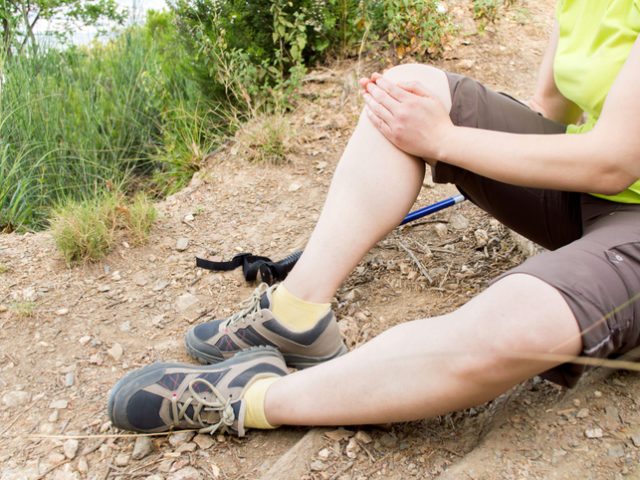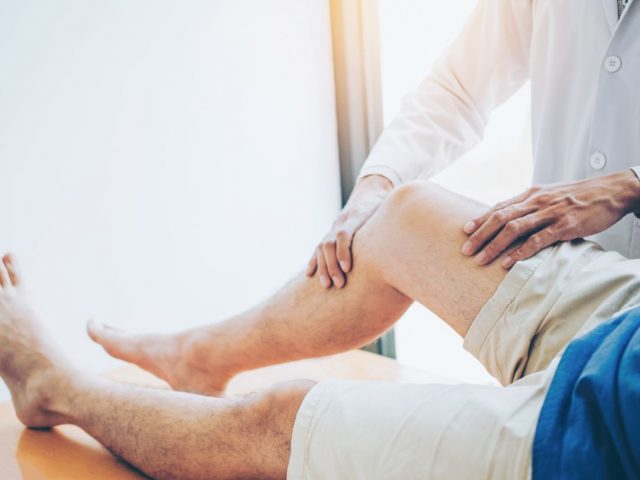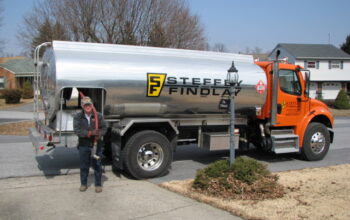Knee injuries create knee discomfort, particularly for professional athletes. There are 4 significant ligaments of the knee: the anterior cruciate tendon (ACL), the posterior cruciate ligament (PCL), the medial collateral tendon (MCL), and also the side security tendon (LCL). Likewise, the curve is generally hurt, causing knee discomfort. Other sources of knee discomfort include Osgood-Schlatter Condition as well as Teen Anterior Knee Pain.
ACL Injury
The ACL prolongs from the front of the shin and inserts on the back of the femur. This framework prevents too much posterior activity of the femur on the tibia. The ACL is typically torn when a professional athlete modifications direction rapidly, decreases from running, or lands wrong from a dive.
These kinds of injuries are common for professional athletes that ski, play basketball, or play football. The discomfort associated with a torn ACL is ranked as moderate to extreme and also is normally referred to as sharp at first, and after that pulsating or throbbing as the knee begins to swell. The majority of people report increased discomfort with flexing or straightening out of the knee.

PCL injury
PCL injuries are much less typical contrasted to ACL injuries. The PCL is commonly injured when a professional athlete receives an impact to the front of the lower leg, just listed below the knee or makes a basic misstep on the playing field. The PCL protects against the shin from moving in reverse and collaborates with the ACL to stop pivoting of the knee. The signs and symptoms of a PCL tear include knee pain, decreased activity, as well as swelling.
MCL Injury
The majority of injuries to the MCL are the result of a straight strike to the outside of the knee. Professional athletes that play football or football go to boosted risk for this sort of injury. The MCL covers the distance from the top of the shin throughout of the femur on the within the knee. This structure protects against widening of the inside of the joint. A broken MCL causes swelling over the ligament, wounding, and also feeling that the knee will break down or buckle. Get help with knee pain as soon as possible.
LCL Injury
The LCL attaches completion of the femur to the top of the fibula (the smaller sized shin bone). It is located on the outer facet of the knee. The LCL aids to prevent unneeded side-to-side movement of the knee joint. The LCL is normally torn from terrible falls, motor vehicle accidents, or during showing off tasks. Symptoms of a torn LCL depend upon the extent of the tear and include discomfort, swelling, difficulty flexing the knee, as well as instability of the joint.
Torn Meniscus
The lens is the rubbery, challenging cartilage material that sits in between the thigh as well as the tibia. This framework works as a shock absorber. Athletes go to threat for rips in this cartilage material with cutting, pivoting, turning, decreasing, or being tackled. There are two lens of the knee and they exist between the femur and also tibia, one on the inside and one on the outside of the joint. The signs of a meniscus tear include knee pain, swelling, standing out audio within the knee, and also restricted activity of the joint.
Osgood-Schlatter Condition
Osgood-Schlatter illness is an overuse injury usual among expanding teenagers. This syndrome is brought on by swelling of the tendon listed below the knee. Professional athletes that join gymnastics, basketball, running, and also football are at raised danger for this illness. The symptoms of Osgood-Schlatter disease consist of swelling, knee discomfort, and also inflammation below the knee cap.
Adolescent Anterior Knee Pain
Young, active adolescents usually suffer pain in the front and center area of the knee. This is called Adolescent Anterior Knee Discomfort, and it is not connected with any kind of injury or damages to the knee frameworks. The cause of this disorder is unclear, yet professionals believe that the complicated makeup of the knee joint adds to the trouble.
The knee is very conscious problems of positioning as well as overuse. For teens, a variety of variables are believed to be involved. These include inadequate versatility, imbalance of the thigh muscle mass, problems with placement, incorrect sports training methods, inappropriate use equipment, as well as overdoing sports activities.
Symptoms of Adolescent Anterior Knee Discomfort consist of discomfort that begins progressively and also is worse at night, standing out noises of the knee when climbing up stairways or walking after long term sitting, pain throughout tasks that continuously flex the knee, discomfort that creates the knee to twist, and discomfort pertaining to transform in activity degree or playing surface area.





